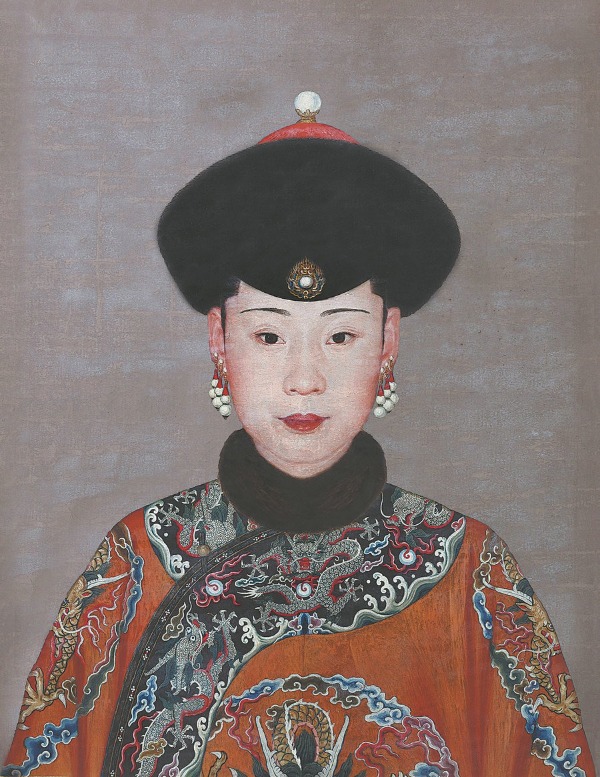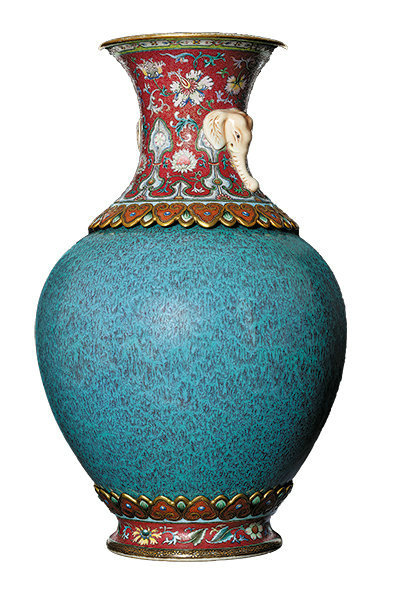

On show are over 100 artworks of various mediums and forms, including paintings, ceramics, furniture, textiles and clocks, mostly dating to Qianlong's reign, the longest period of a single emperor's rule in ancient China. He was known for a distinguished taste in art, which led to the building of a treasure trove of cultural properties.
Qianlong showed interest in Western art, and Castiglione was one of his favorite court artists. The two were said to be close: Castiglione was asked to paint royal activities, life in the palace and teach Chinese court painters oil techniques.
Li Yizhou, the exhibition curator, says Qianlong spoke highly of the figurative skills of Castiglione who received systematic art training in his youth before arriving in China.
He says once on Castiglione's painting titled Spring's Peaceful Message, the emperor inscribed a poem and wrote that the artist was a master who had painted him in his youth.
Li says Portrait of Consort Chunhui shows Castiglione's efforts to achieve a balance between Western painting styles and Chinese cultural traditions.
The work was executed in oil but not on canvas. It was created on gaoli, a fine paper made in the techniques of hanji, the traditional Korean handmade paper.
Castiglione presented a contrast between light and shadow in the depiction of the pearls on Chunhui's earrings, hairdo and fur hat. But he dropped this common technique of oil painting when he worked on her face. Li says it was because at the time Chinese didn't like the idea of shadow on one's face, thereafter Castiglione presented a face in a front view and full light, attesting to the cultural preferences.
Nie Chongzheng, an expert on Qing court paintings at the Palace Museum, says Castiglione was smart and flexible to incorporate Eastern aesthetic appreciation in his work, which is the main reason he rose to become an important painter in Qianlong's court.
Castiglione spent more than five decades in China, largely serving in the courts of three Qing emperors, Kangxi, Yongzheng and Qianlong.
"He painted still life, flowers and animals and after Qianlong ascended the throne, Castiglione began to make portraits," Li says.

Paintings attributed to Castiglione, or jointly made by him and Chinese artists, are found in the collections of museums at home and abroad, such as the Palace Museum in Beijing.
Portraits of the Qianlong Emperor and His Twelve Consorts, an ink-and-color painting scroll on silk now in the collection of the Cleveland Museum of Art in Ohio, is a work by Castiglione and his Chinese counterparts at court.
According to this scroll, now in the United States, Chunhui is ranked third among Qianlong's 12 wives, appearing after the empress and a consort of higher royal title. In it, Chunhui's dress looks similar to that in the painting displayed at the Beijing show.
Li says Portrait of Consort Chunhui is believed to be the only known portrait by Castiglione in a private collection.
Zhang Yuan, a professor at the Central Academy of Fine Arts, says Castiglione introduced the rules of perspective in Western art to China, and he is a painter of certain importance who cannot be overlooked in the history of modern Chinese painting.